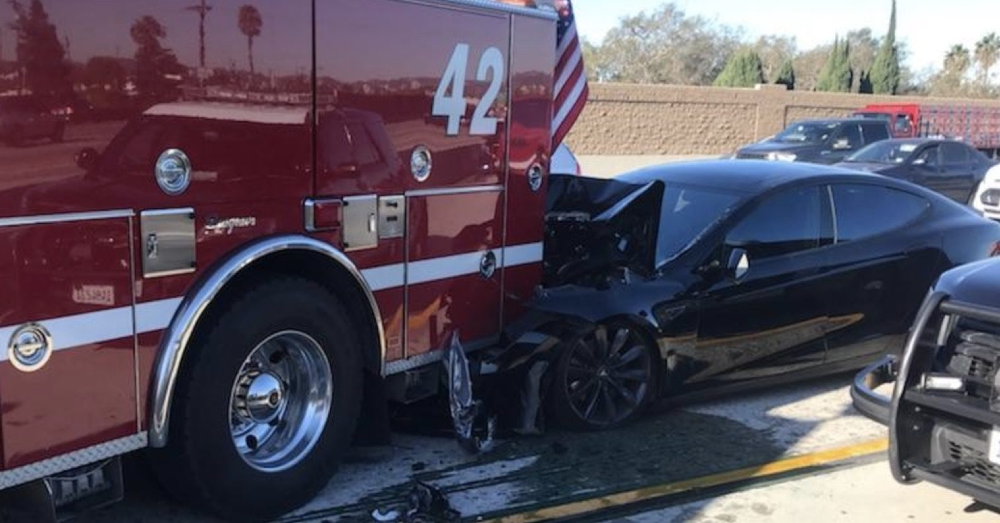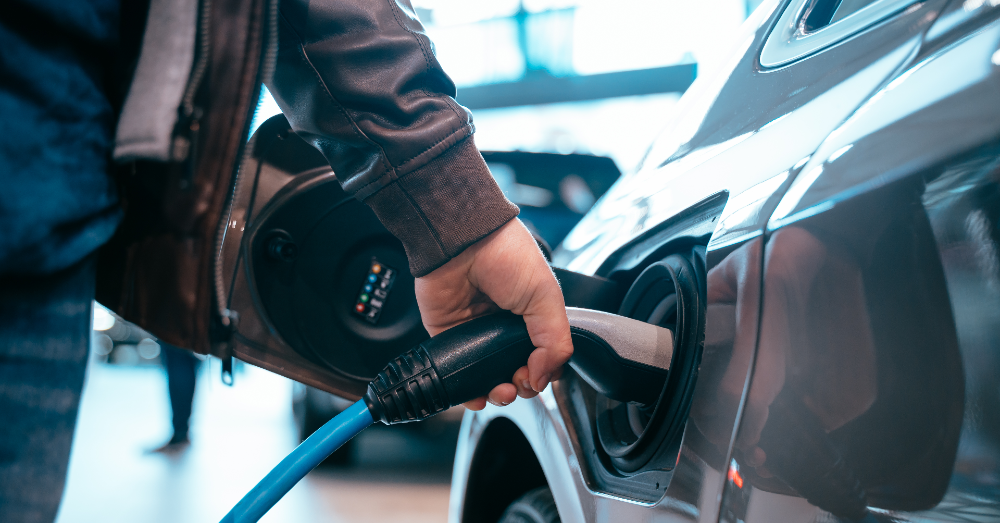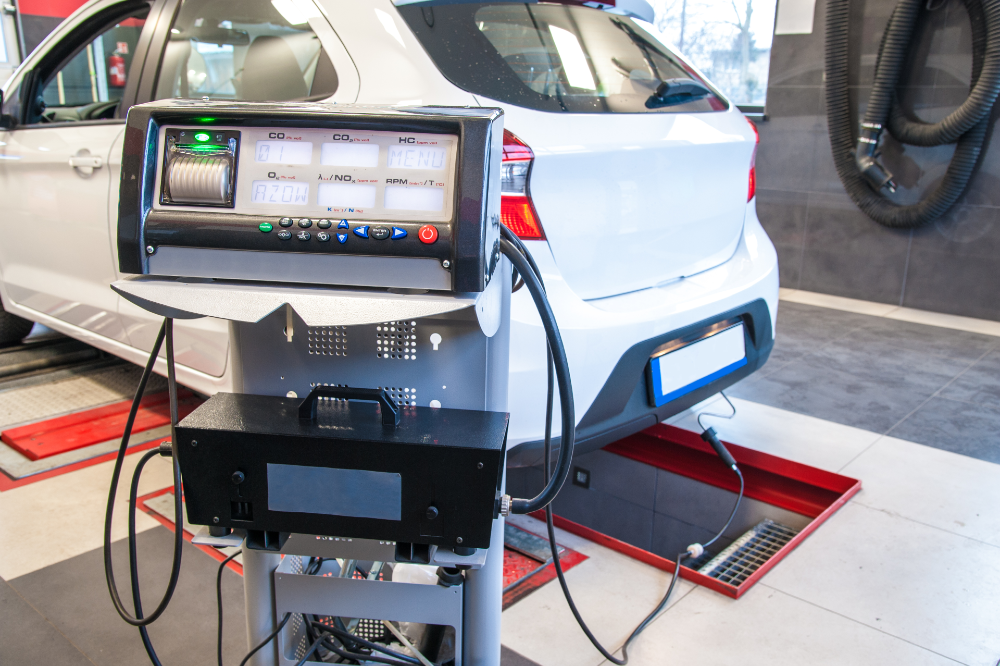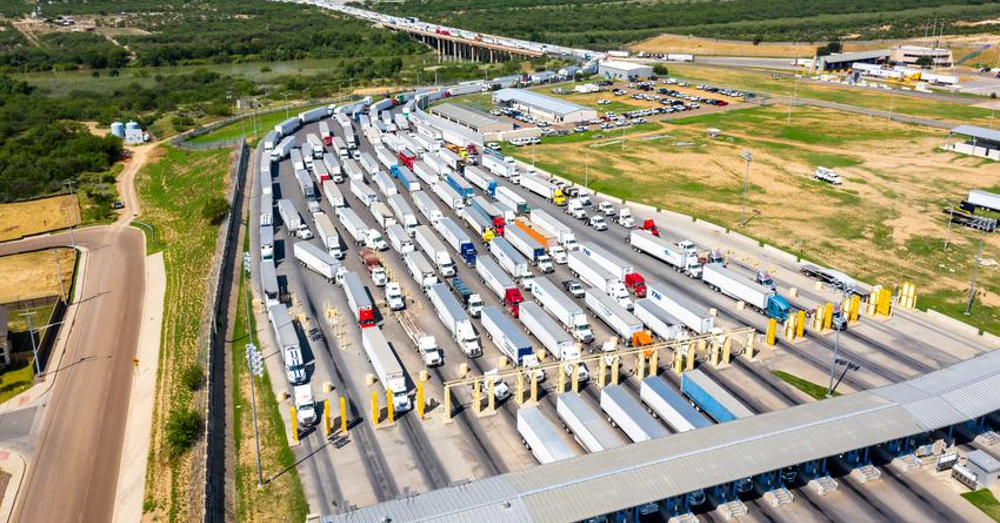
Do Drivers Need to be Protected from Themselves Regarding Semi-Autonomous Driving Features?
When it comes to driving, many of the regulations put in place are meant to protect us from ourselves. Semi-autonomous driving features are a prime example.
Automakers are equipping vehicles with more advanced safety features and technology, but none have been approved by the federal government as fully autonomous yet. That said, this new tech isn’t stopping drivers from treating their vehicles like they can drive from one place to another without the intervention of the driver. This is causing serious problems on some roads.
The Crashes Have Been Happening for Years
It seems like we hear about another Tesla in a fatal crash where the driver was doing something else when the crash occurred with too much regularity. Tesla might have been the first to the market with their semi-autonomous Autopilot feature, but other brands could be in these reports soon. GM has its Super Cruise, Ford offers BlueCruise, and Nissan gives us the ProPILOT Assist package. All of these advanced safety packages are advertised as being semi-autonomous, but drivers seem to take things too far and trust them to do more of the driving than they should.
Alerts and Safety Systems Make Drivers Too Comfortable
Before computerization and automatic features, drivers had to do a lot of work to get a car from one place to another. Imagine driving a car without power steering, an automatic transmission, or any of the alerts you enjoy today. These cars required drivers to use both feet and both hands. There were three pedals and a stick shift. You couldn’t typically engage in other activities like eating or drinking while driving, but some drivers found ways to do these things anyway.
Now that we have automated systems, automatic transmissions, and tons of safety alerts, we’re too comfortable behind the wheel. It’s nearly impossible to find drivers that aren’t distracted. You can look into the cabin of other drivers and see them on their cell phones, eating food, drinking, and even trying to fix their hair or makeup while behind the wheel. Today’s drivers might need to be protected from themselves, which would, unfortunately, mean taking several steps back in the package of safety alerts our vehicles offer. Can we still have the semi-autonomous driving features in our cars and still act responsibly while behind the wheel?
The IIHS Tells Us that We Can’t be Trusted
Elected government officials are expected to serve our country and have our best interests in mind. Sometimes, those interests align with protecting us from ourselves. The IIHS study found that high percentages of drivers feel comfortable treating the semi-autonomous driving features as fully self-driving aspects of their journey. The percentages found were 53% of Super Cruise users, 42% of Autopilot drivers, and 12% of Pro PILOT Assist owners. The Ford BlueCruise is the newest of these features and wasn’t part of the study. These high percentages tell us that we should be protected from ourselves.
Don’t These Systems Have Lockout Features?
Yes, both Autopilot and Super Cruise have lockout features that will stop working if the driver fails to pay attention to the road for a specified period of time. The same study tells us that about 40% of drivers with these systems reported the system had, at some point, switched off and would not reactivate. Imagine that the driver isn’t paying attention while driving their vehicle, and the car stops handling the drive for them; while this sounds a little like poetic justice, it can be pretty dangerous and might be why some drives end up in crashes.
The NHTSA Is Investigating These Crashes
Crashes involving semi-autonomous driving features are under investigation by the NHTSA. They have opened 37 special investigations in crashes that involved 18 deaths in Tesla vehicles. These vehicles are all suspected of having the Autopilot turned on and in use when the crash occurred. Tesla maintains the Autopilot system has never been a fully-autonomous feature, which means the driver is expected to be fully attentive to the drive and intervene when the system fails to perform tasks and respond to challenges out on the road.
The GM Super Cruise Does Things Differently
One of the main distinctions between the Tesla Autopilot and GM Super Cruise systems is the use of technology. Tesla has sensors and cameras to respond to the road and other vehicles without mapping out the roads. The GM Super Cruise uses the sensors and cameras but adds nearly 400,000 miles of mapped roads in North America. Does this mean the Super Cruise feature is superior to the Autopilot system? That’s possible, but we won’t know until this GM feature has been used for a greater length of time and is offered in more vehicles than we currently see.
Maybe the Naming is Part of the Problem
What do you think of when you hear the term Autopilot? You think of airline pilots setting the flight controls for a plane to stay on course. This works great in the open sky, where there isn’t much traffic to contend with. The Autopilot name might be part of the issue.
Advertising for Super Cruise focuses on the hands-free capabilities of the system. Is that something that entices drivers to pay attention and keep their hands on the wheel? Not usually. The BlueCruise system also advertises similar functionality to drivers.
Of the systems mentioned, only the ProPILOT Assist system suggests it’s a semi-autonomous driving feature and not a feature that replaces the driver entirely.
What can be Done?
The NHTSA and its findings will eventually tell us what can be done to make drivers in the U.S. pay attention during their time behind the wheel better than right now. Of course, most drivers don’t need these systems to become distracted; they do a good job of this on their own.
Maybe we do need to be protected from ourselves while driving, but how big of a step backward will be acceptable to most modern drivers? The short answer could easily be “none,” as most automakers expect to continue to march forward and eventually onward to fully-autonomous vehicles.
This post may contain affiliate links. Meaning a commission is given should you decide to make a purchase through these links, at no cost to you. All products shown are researched and tested to give an accurate review for you.



